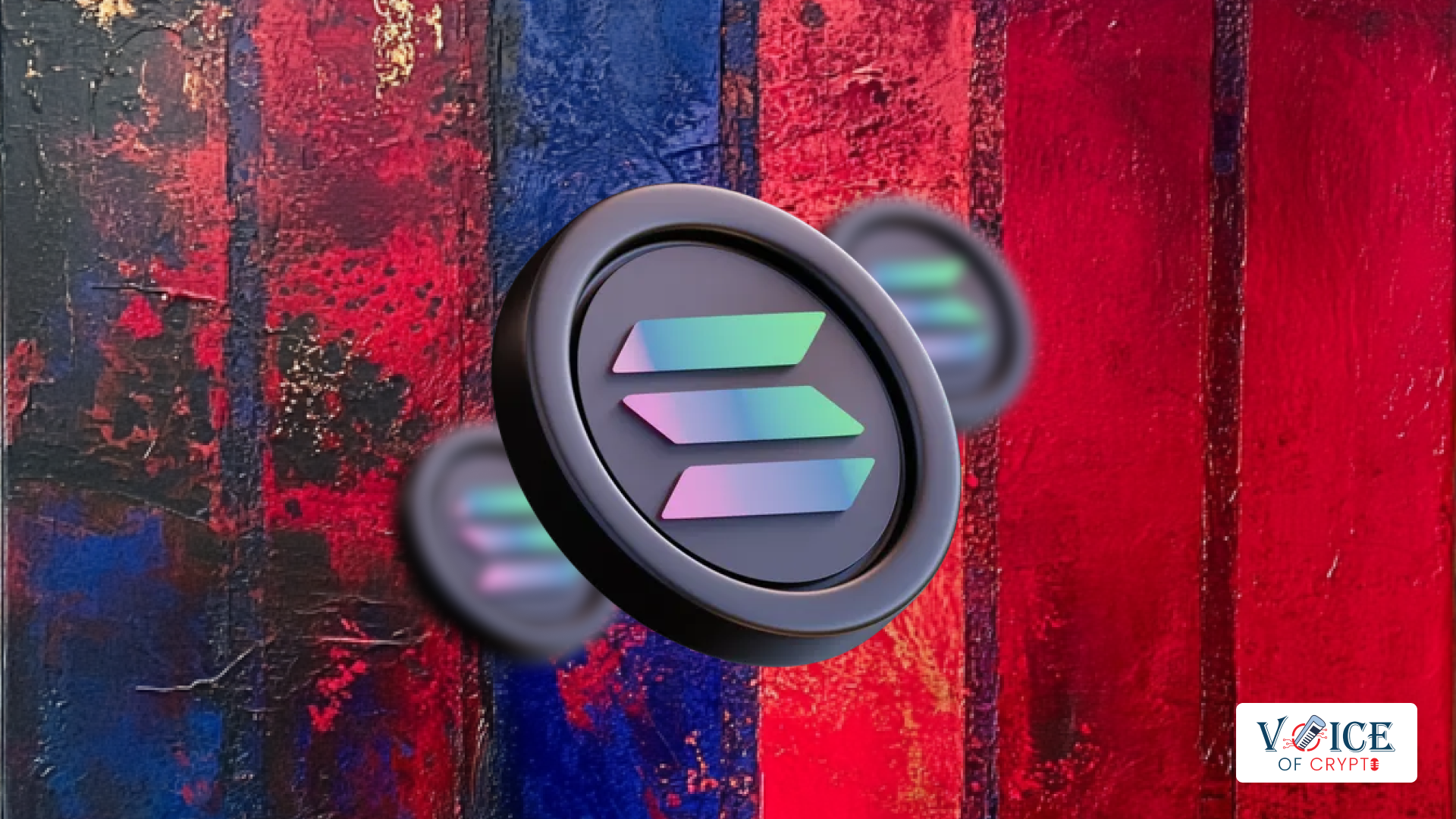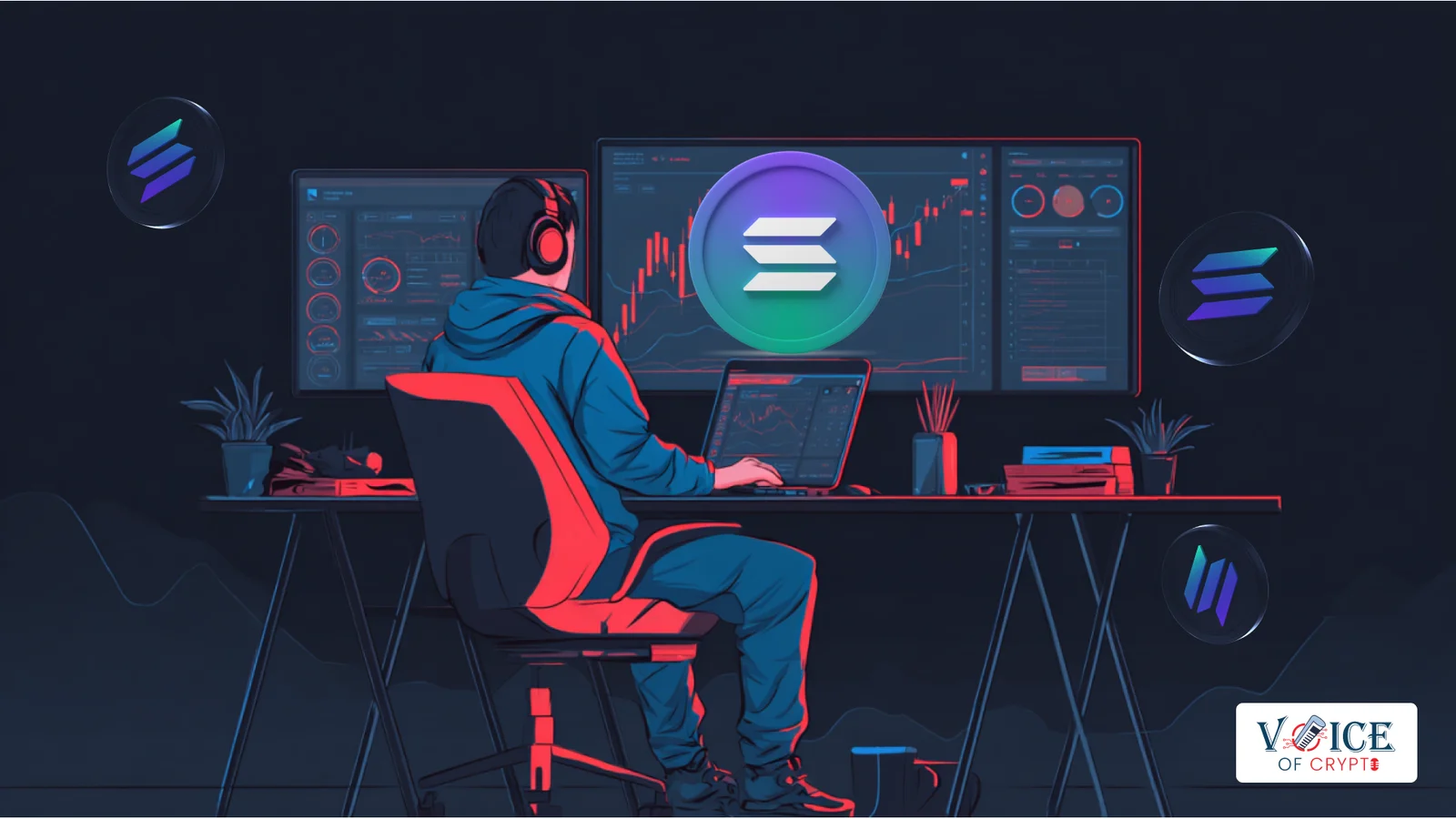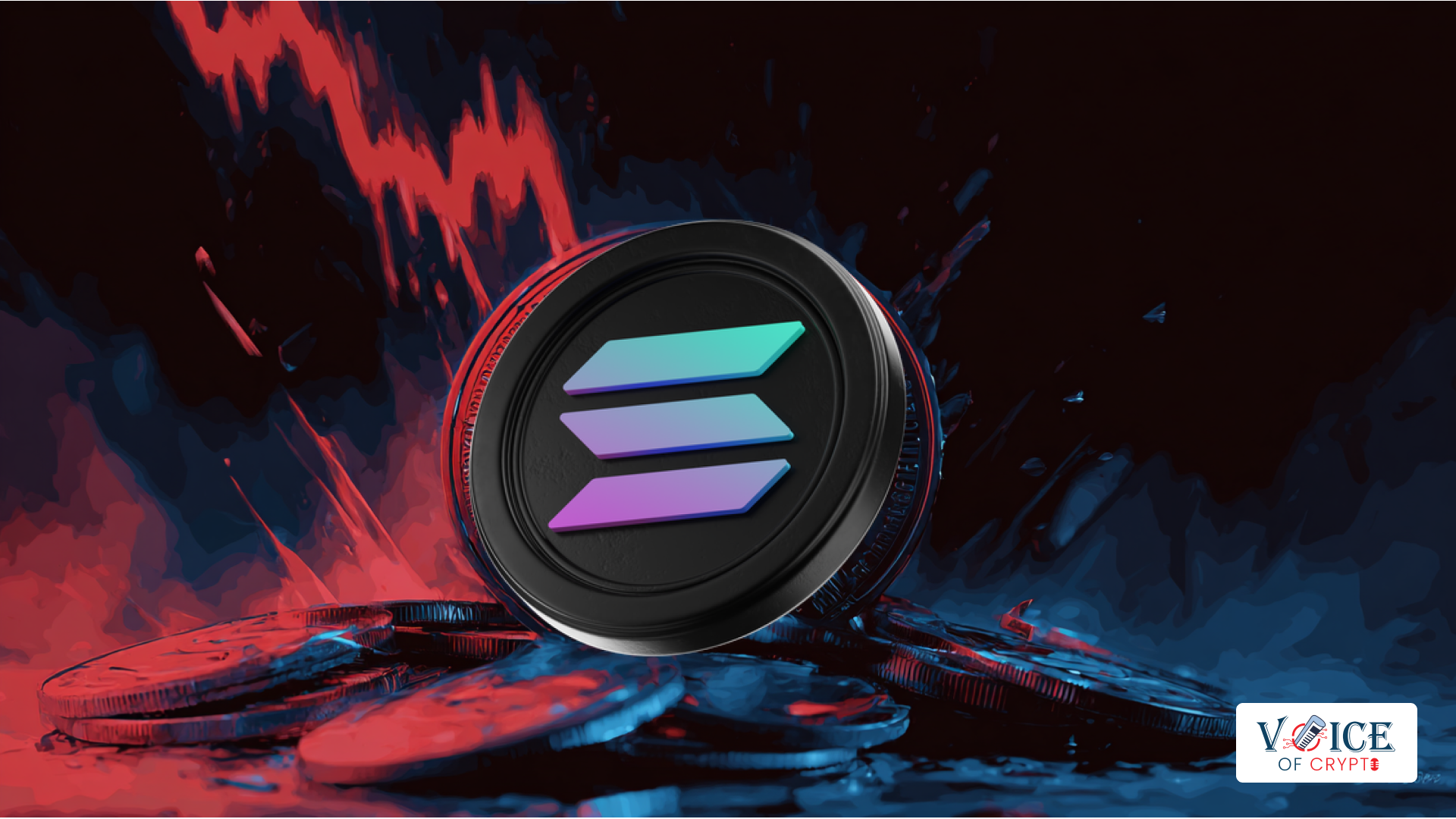Solana
Solana is a high-performance Layer 1 blockchain renowned for its fast transactions and low fees, making it a top choice for decentralized apps (DApps) and DeFi platforms. Often positioned as an alternative to Ethereum, Solana also supports gaming, NFTs, and Web3 solutions.
It was launched in 2020 to tackle the blockchain scalability challenge while keeping transaction costs predictable. What sets Solana apart from other Layer 1 blockchains is its innovative Proof-of-History consensus mechanism, which enables exceptionally high throughput and low latency.
Over time, institutional interest and major upgrades such as Firedancer have played a key role in fueling Solana’s long-term growth and solidifying its position as one of the leading blockchain ecosystems in the industry.
Solana Technical Info
| Feature | Detail |
| Native Cryptocurrency | SOL |
| Consensus Mechanism | Proof-of-Stake (PoS) + Proof-of-History (PoH) |
| Max Throughput | Tens of thousands of TPS |
| Block Time | Typically under one second |
| Transaction Fees | Very low and predictable |
| Smart Contract Language | Rust, C, C++ (runs on Solana Virtual Machine) |
| Architecture | Monolithic Layer 1 |
Some other interesting aspects of Solana include its Proof-of-History (PoH) consensus mechanism. Think of this as a cryptographic clock that orders transactions before consensus.
This speeds up validation and is one of the reasons why Solana is so fast.
Solana also executes many transactions in parallel, which enables it to achieve high throughput.
Finally, Solana offers SPL Tokens, which are the token standard for assets built on the network.
Solana News
Overview of Solana
Solana is a public blockchain designed to deliver high-speed, low-fee transactions. It supports large-scale Dapps by combining Proof-of-Stake with its Proof-of-History mechanism.
This design makes Solana attractive for developers of DeFi platforms, NFT marketplaces and on-chain games. SOL, its native token, is also used for transaction fees and staking.
Who Founded Solana?
Solana was founded by Anatoly Yakovenko, a former Qualcomm engineer, in 2017.
He wanted to create a blockchain capable of handling large-scale applications without sacrificing performance or cost efficiency, and he created the network.
Unique Features of Solana
- Solana’s Proof-of-History (PoH) is a key feature that provides a verifiable order of events, minimizing delays in transaction validation.
- It offers predictable, near-zero transaction costs through localized fee markets, which help reduce network congestion.
- The platform supports Rust and C/C++, making it developer-friendly and easier for new builders to create applications on the network.
How Solana Works?
Solana combines PoH and Delegated Proof-of-Stake (DPoS) to achieve its high levels of performance.
The network uses PoH for Timekeeping and has Timestamps for all network events. This allows validators to process transactions in order without constant communication.Solana also features DPoS for Validation. In this mechanism, users delegate SOL to validators, who then confirm transactions.
The network also features parallel execution and fast finality, where it identifies non-conflicting transactions that can run simultaneously.
All of the above separates the recording of time from the confirmation of blocks, and improves the speed of the network while lowering costs.
Management of Solana
Two main organizations are responsible for Solana’s development. The first is Solana Labs, which builds the core technology.
The second is the Solana Foundation, which supports decentralization, community growth and ecosystem funding.
Leadership includes co-founders Anatoly Yakovenko and Raj Gokal, alongside other experienced executives.
Security Measures for the Solana Network
To start with, Solana has strong staking security. Validators must stake SOL, which can be slashed for acting maliciously. The network uses SHA-256 hashing to secure its historical records, just like Bitcoin.
It also uses hardware wallets and safeguards seed phrases. While the protocol itself is secure, users must protect their private keys with third-party dApps.
Solana Technology Upgrades
Solana continues to push for faster speeds, and the most popular right now is the Firedancer.
FireDancer is an independent validator client developed by Jump Crypto and is expected to improve the network’s throughput to over 1 million TPS.
🚨SOLANA FIRE DANCER GIVES SOLANA HIGHER TPS THAN ALL LISTED BELOW COMBINED!!!🚨
— Charizard.sol (@CharizardSol69) March 8, 2025
- Sei
- Sui
- Tron
- Aptos
- Bitcoin
- Cardano
- Polkadot
- Ethereum
Firedancer is not priced in 🔥💃👇 pic.twitter.com/gUrC4TKW3n
The Alpenglow upgrade also aims to cut transaction latency and achieve sub-second finality.
These upgrades are expected to improve Solana’s competitiveness as a platform for large applications.
Political Implications of Solana
Regulatory uncertainty is one of the biggest issues for most cryptocurrencies. The US Securities and Exchange Commission has recently questioned whether SOL should be classified as a security.
Analysts believe that approval of a US spot Solana ETF could unlock billions in institutional investment.
Meanwhile, ongoing political efforts to secure commodity-like treatment for SOL are very important for its growth in the future.
Where to Buy Solana (SOL)
SOL is available on several major exchanges, including CEXs like Binance, Coinbase, Kraken, KuCoin, and others.
It is also available on Solana-based DEX platforms, which are often paired with stablecoins like USDC.
Crypto Wallets for Solana
Software Wallets are the most popular way that investors keep their SOL safe. Some popular examples include Phantom, Solflare, Coinbase Wallet and Trust Wallet.
Hardware Wallets like the Ledger and OneKey also provide safer offline storage for long-term holders.
What Does Solana’s Inflation Schedule Mean for SOL Price?
Solana uses an inflationary model to reward validators and encourage staking.
Initial inflation started at 8% annually and decreased by 15% each year until stabilizing at 1.5%.
The network’s Burn Mechanism also permanently destroys a portion of transaction fees. This offsets inflation and could be great for the price.
This approach makes sure of network security while preserving SOL’s long-term value.
FAQs
Yes, SOL is available on most major exchanges. However, it is important to research the risks before investing.
Some analysts predict prices between $300 and $350 if regulatory and technical conditions align.
Solana offers faster and cheaper transactions. Ethereum, on the other hand, has a stronger reputation for decentralization and security.
It powers DeFi protocols, NFT marketplaces, payments, Web3 platforms and gaming.







